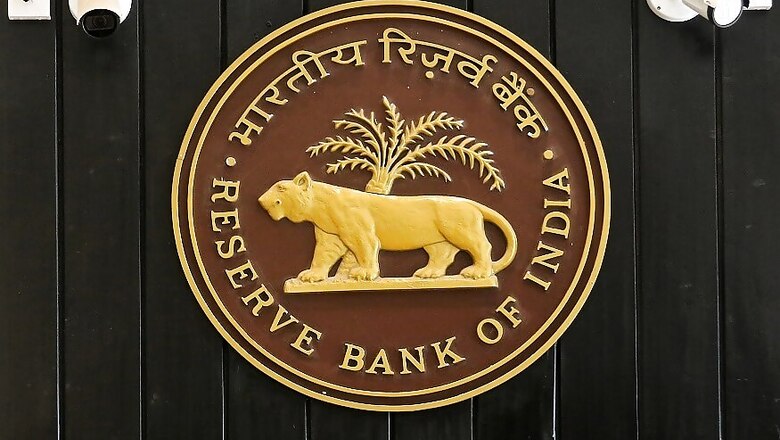
views
The Reserve Bank of India (RBI) on Thursday announced a 25 bps to 5.75% cut in the repo rate. The announcement comes two days after the Monetary Policy Committee convened over the policy.
This was the first RBI meet after the new Narendra Modi government took charge and also the last one ahead of the Union Budget 2019.
News18 explains how the rates are changed and why you should care about them.
The rate in contention is the repurchase rate or the repo rate. This is the rate at which the Central Bank lends money to commercial banks, such as ICICI Bank, HDFC bank or good old State Bank of India (SBI) among others, in exchange for government securities.
Therefore, a rate cut means a reduction in the rate of interest at which commercial banks borrow money from the RBI. If there is a slump in rates, the banks can go on to furnish loans at lower interest rates to individuals and the industry. Similarly, when the apex bank raises its repo rates, banks then, in order to maintain their profit margins, have to raise the rate of loan disbursal.
Why should you be concerned about these rates?
A slashed repo rate corresponds to businesses borrowing at cheaper rates from the banks. Similarly, individuals borrowing from the formal sector also gain from cheaper credit if rate cuts by the RBI get passed on to them through consumer loans.
However, there is a downside to this as well. A rate cut can increase liquidity in the economy and hence spike up the cost of goods and services.
Who decides if rates should be changed?
A six-member monetary policy committee, with three top RBI officials (including the governor and deputy governor) and three government nominees who meet once in every two months, are responsible for deciding the repo rate.
The members vote on proposals and in cases of a tied vote RBI governor Shaktikanta Das, who is also the chairperson of the committee, gets the deciding vote.
Until 2016 the decision would solely be taken by the RBI governor, who would then decide whether to go for a rate cut after consulting with a technical advisory committee.
What are the major factors that influence the committee’s decision on the rate?
The MPC of RBI forecasts the state of the economy and inflation levels for nine to twelve months in advance while deciding on whether or not to change interest rates. In case there is an inflationary trend that the RBI forecasts, then it lowers its rates to counterfeit the effect. If the forecasts say that liquidity, that is the amount of money in the economy, is too high then the RBI raises its rates to curb it. The higher the liquidity, the more chances are that inflation might set in.
Inflation levels, capital investment in the country, along with certain global factors are the primary determinants of change in repo rates.
The American central bank is planning to gradually sell bonds worth USD 4 trillion it acquired to revive the economy during the 2008 recession, which would drive up prices and interest rates especially in developing economies like India.
















Comments
0 comment